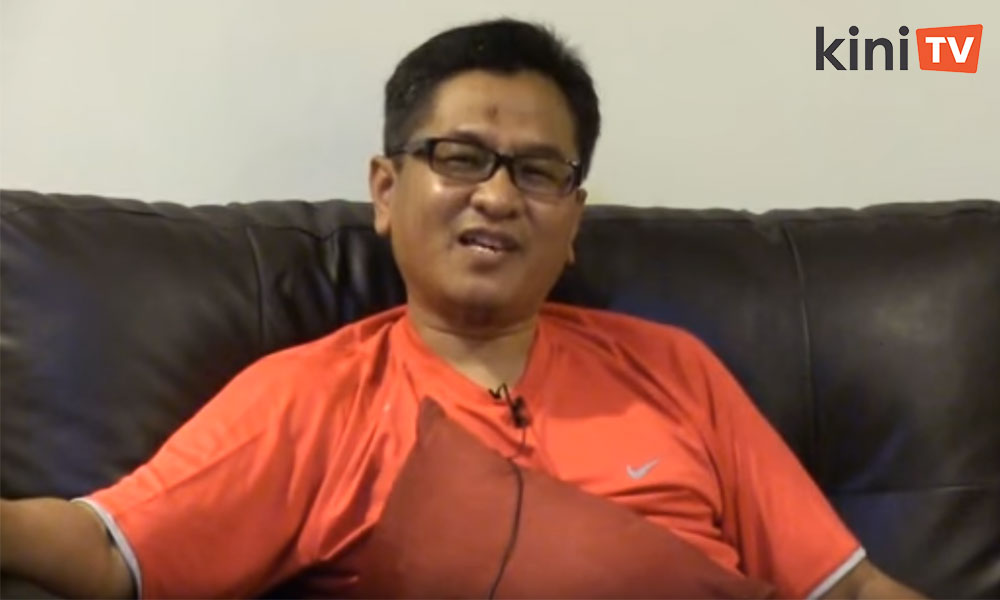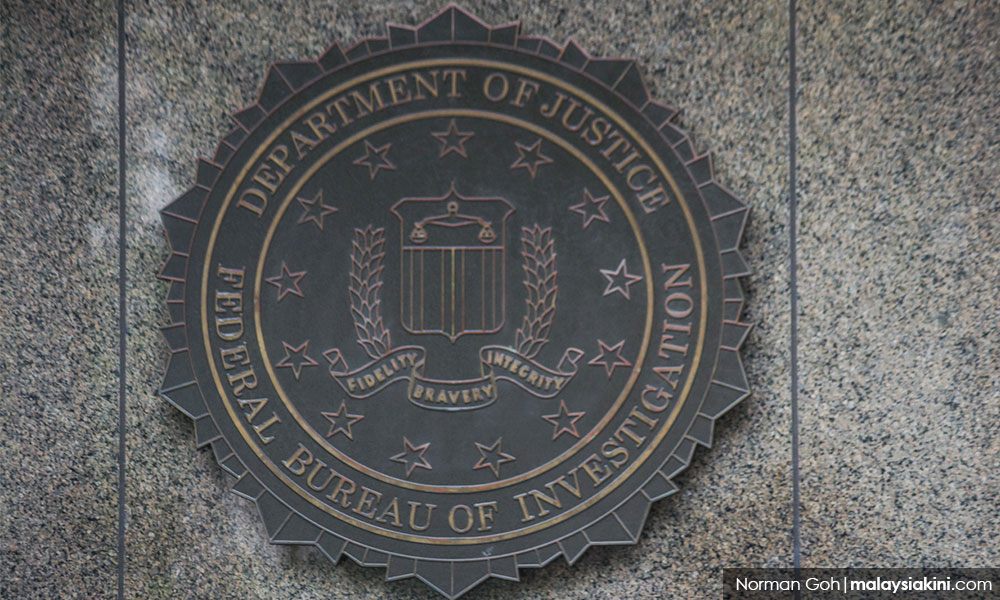Artificial Intelligence has swiftly emerged as a crucial asset in contemporary counterterrorism efforts.
Its capacity to process extensive datasets in real time enables law enforcement agencies to observe, monitor, and anticipate the actions of individuals engaged in or suspected of terrorist activities.
As the nature of terrorism shifts towards a more digital and decentralised framework, conventional surveillance techniques frequently prove inadequate.
Notable figures, including Malaysian terrorist Yazid Sufaat and former detainees from Guantanamo Bay (Gitmo), present considerable security threats owing to their skills, networks, and ability to assimilate into the community.
The Yazid Sufaat case
Yazid, a Malaysian, is recognised as a prominent figure in the realm of global terrorism.
With a background as a trained biochemist and a former military officer, he was associated with al-Qaeda and contributed to the development of biological weapons intended for terrorist activities. He was previously held under Malaysia’s security legislation.
Despite facing several arrests, Yazid has shown a remarkable capacity to function discreetly, positioning him as an ideal subject for AI-enhanced surveillance.
Conventional techniques, such as physical surveillance and human intelligence, often struggle to track individuals like him, despite his obligation to wear an electronic monitoring device and being subjected to house arrest.
AI offers a range of advanced tools that significantly improve the effectiveness of monitoring activities. One of the most notable applications is predictive analysis, which allows AI systems to analyse patterns in various forms of data, including travel history, communication records, and financial transactions.

In addition to predictive analysis, social media monitoring plays a crucial role in identifying extremist recruitment and propaganda efforts, which frequently originate in online environments.
Furthermore, the integration of facial recognition technology and surveillance systems powered by AI enhances the ability to track individuals in real time.
Additionally, AI-driven behavioural analysis can identify unusual movement patterns that may suggest the planning of illicit activities.
Collectively, these AI capabilities provide a comprehensive framework for monitoring and mitigating potential threats posed by extremist individuals and groups.
Malaysian Gitmo returnees
Former detainees from Guantanamo Bay who have returned to Malaysia present a different but equally complex threat.
While some may seek rehabilitation, others could continue supporting or participating in extremist activities. Monitoring their reintegration process is vital to national security.
AI technologies present a range of effective tools that can significantly enhance the monitoring and management of returnees. One of the primary applications of AI lies in data integration and surveillance.
In addition to data integration, AI plays a crucial role in developing risk assessment models. These tools are designed to analyse behavioural patterns over time, focusing on changes in online activity and social interactions to evaluate the risk of radicalisation.

Also, the implementation of autonomous monitoring systems, such as AI-driven drones and closed-circuit television (CCTV), allows for discreet and continuous surveillance of returnees.
Overall, the utilisation of AI technologies in these contexts underscores their potential to transform monitoring practices and improve public safety outcomes.
Malaysia’s AI strategy in counterterrorism
Malaysia has initiated the integration of AI into its national security frameworks. One notable project is the Safe City Programme in Kuala Lumpur, which employs AI-driven surveillance systems aimed at crime reduction and the oversight of public spaces.
While the initial outcomes indicate varied effectiveness in lowering crime rates, this infrastructure serves as a foundation for the expansion of AI applications in counterterrorism efforts.
A recent advancement in this area is the establishment of the National AI Office (Naio), which received approval in August 2024.
Operating under the Digital Ministry, Naio’s objective is to elevate Malaysia’s status as a leader in AI innovation within the region.
In terms of national security, Naio is anticipated to lead the development of sophisticated AI applications for the detection of terrorist threats, thereby assisting organisations such as the Royal Malaysia Police and the National Security Council.
The MCMC has also harnessed AI technology to address online radicalisation.
AI tools are utilised to detect and eliminate extremist content from websites and social media platforms, as digital radicalisation has emerged as a significant pathway to terrorism.
US AI counterterrorism practices
The US has taken a leading role in the incorporation of AI into its national security and counterterrorism strategies.
Various US intelligence and law enforcement agencies, such as the Federal Bureau of Investigation (FBI), Homeland Security Department (DHS), National Security Agency (NSA), and Central Intelligence Agency (CIA), employ AI technologies to process and analyse data with unprecedented efficiency and scale.

A key application of this technology is in predictive analytics, where AI models scrutinise historical data to forecast potential threats. For example, AI can assess the behavioural patterns of individuals previously involved in terrorist activities and utilise that information to monitor current suspects.
By identifying irregularities in travel behaviours, financial activities, or communication patterns, AI systems assist in prioritising targets for human investigators.
A significant illustration of this is the NSA’s Skynet programme, which allegedly utilised metadata from mobile phone activity in Pakistan to pinpoint potential terrorists.
By examining behavioural patterns such as call frequency, travel routes, and SIM card changes, AI algorithms were able to flag individuals for further scrutiny.
The Homeland Advanced Recognition Technology (Hart) system, overseen by the DHS, employs AI to bolster border security.
It achieves this by combining facial recognition, fingerprint analysis, and behavioural data to identify persons of interest, including individuals listed on terrorist watchlists.
This system is implemented across various airports and border entry points in the US, enabling the identification of high-risk individuals before they enter the country.
Moreover, the US military and intelligence agencies utilise AI for drone surveillance, analysing real-time video feeds to identify suspicious activities and facilitate targeted strikes.
Also, technology firms such as Palantir Technologies and Clearview AI offer AI-driven platforms for data mining, biometric analysis, and behavioural forecasting, thereby enhancing counterterrorism initiatives.
Conclusion
AI technologies possess significant potential to enhance counterterrorism efforts, particularly in the surveillance of high-risk individuals such as Yazid and Malaysian Gitmo returnees.
By utilising tools like predictive analytics, facial recognition, and real-time monitoring, authorities can more swiftly and effectively identify, evaluate, and address potential threats.
Malaysia has made encouraging progress through initiatives such as the Safe City Programme and the creation of Naio.
Nevertheless, the effectiveness of these initiatives relies not only on technological advancements but also on sound governance, ethical considerations, and the establishment of public trust.
The experiences of the US illustrate how AI can be successfully incorporated into a national counterterrorism framework.
As Malaysia advances its AI capabilities, it is crucial to maintain a delicate equilibrium between security measures and civil liberties, ensuring that technology is applied ethically and with accountability in the ongoing battle against terrorism. - Mkini
R PANEIR SELVAM is the principal consultant of Arunachala Research & Consultancy Sdn Bhd, a think tank specialising in strategic national and geopolitical matters.
The views expressed here are those of the author/contributor and do not necessarily represent the views of MMKtT.




No comments:
Post a Comment
Note: Only a member of this blog may post a comment.